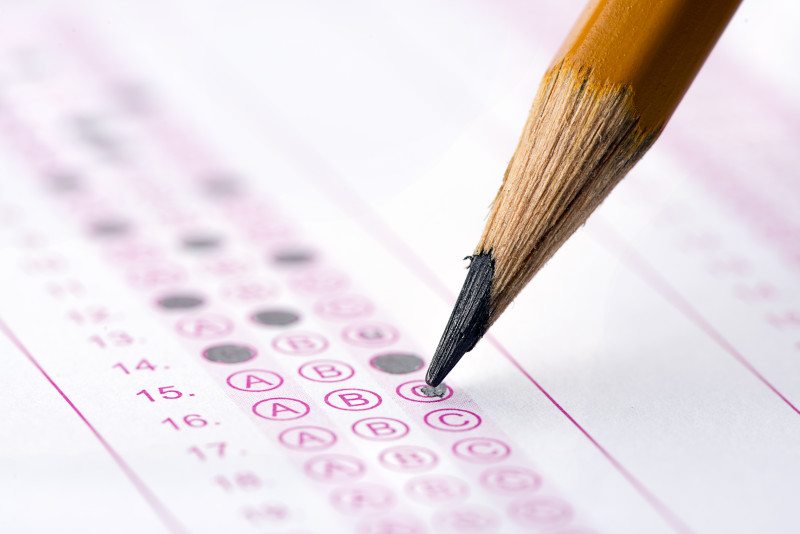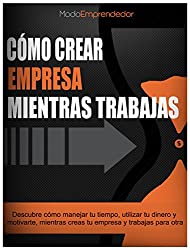
Knowing how to answer multiple choice tests is essential. Since these tests have become a very common tool; both in academia and in the workplace.
We have all faced this type of test at some point, which in the end ends up being preferred by the majority; unlike open question exams.
Surely you have a classmate who proudly claims to know how to answer multiple choice tests. Since he answers well without really knowing the answers.
You may do this using some personal method or simply selecting the options at random.
The truth is that these exams are designed by humans, who by nature work by following rules and patterns; making multiple choice tests not completely random.
Also read: How to concentrate to study (23 tips)
William Poundstone, author of book “Rock Breaks Scissors: A Practical Guide to Outguessing and Outwitting Almost Everybody”, He claims to have found several patterns that allow him to understand how to answer multiple-choice tests.
After analyzing 100 tests from different sources, Poundstone found statistical patterns that could help you increase your chances of getting good results.
He emphasizes that a deep knowledge on the subject is definitely the best strategy. However, if you doubt an answer, you can “guess” intelligently with the following strategies.
How to answer multiple choice tests.
1. Eliminate conventional wisdom.
Surely you have heard comments like: “If I don’t know, I mark the c”, “never choose any of the above or all of the above”. However, these advices do not agree with the statistical results obtained by Poundstone.
Answers such as “all of the above” or “none of the above” were correct 52% of the time. Choosing any of these answers gives you a 90% higher chance of being correct than guessing by chance.
2. Look at the previous answer and the next one.
Poundstone found that the correct answers are rarely found consecutively. This way, if you look at the answers you know to be correct, you know that statistically the previous question and the next question are less likely to be the same.
For example. If you’re not sure about answer number 5, but you know that answer number 4 is B and answer number 6 is D, you could drop those answers in question 5.
3. Choose the longest answer.
Another pattern found by Poundstone is that the longest answers on multiple-choice tests are usually correct. Affirming that: “People who take the tests have to be sure that the correct answer is indisputably correct; which normally demands a little more words”.
If you are not sure about a question and one of the options is noticeably longer than the others; it is more likely to be the correct answer.
Four. Eliminate outliers.
Multiple-choice tests usually present answers that are related or similar. In such a way that although there are two answers that can be correct, there is one with a greater degree of truth.
Look for answers that are incongruent. These are usually incorrect and will help you narrow down your choices.
And remember, if you are really interested in creating your own business, you can read our book “How to create a company while working: Discover how to manage your time, manage your money and motivate yourself while creating a company and working for another” , where you will find all the information you need to found your own company, without having to leave your job.


